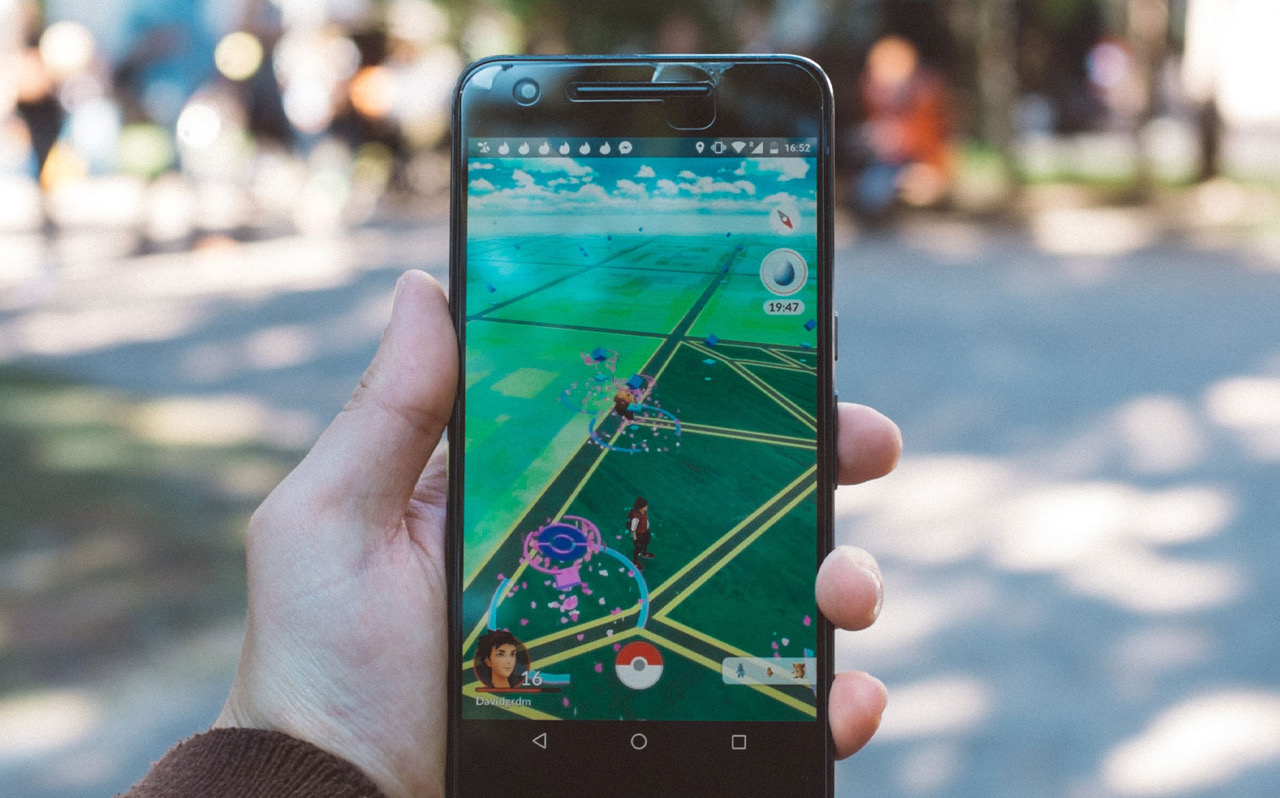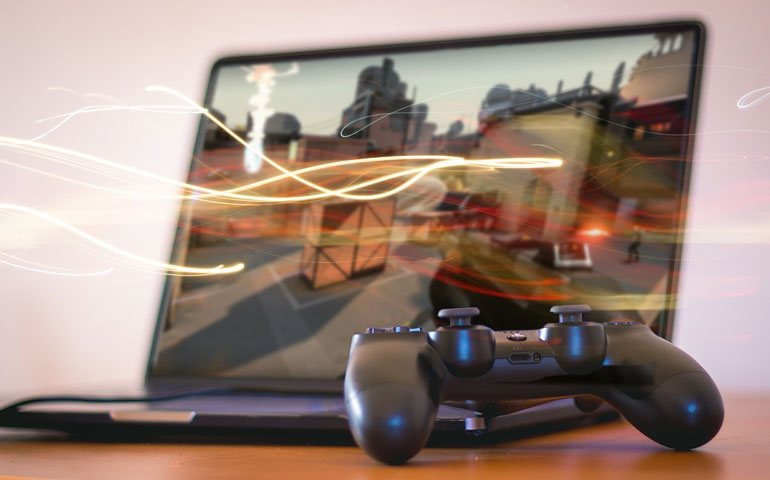Pokémon GO: Where Reality and Fantasy Collide
2016 was a monumental year for mobile gaming. Two of the most popular games had just released, Clash Royale and Pokémon Go. Clash Royale maintained its popularity, however, Pokémon Go users declined rapidly after 2016. Despite this, Pokémon Go is still a great game that deserves respect from the gaming community. My brother started playing Pokémon Go back in 2016, though he stopped playing around 2017. In 2019, I began playing Pokémon Go on my brother’s account due to an advertisement I had seen regarding augmented reality in Pokémon Go. I had been interested in mobile games for a few years, although the augmented reality of Pokémon Go was a new feature I had never seen in any other game.
The main feature of Pokémon Go is augmented reality. Many people nowadays walk around staring at their phones, not appreciating the world around them. Niantic, the company that made Pokémon Go, wanted to change that. It allows players to see Pokémon in real life by looking through their phone camera. It uses realistic 3-D models and editing to seamlessly add Pokémon into the real world, and turn fantasy into reality.
In Pokémon Go, you travel the map by moving in the real world. At first, I found this strange, as I had never experienced this type of movement in any other game, although it soon became intuitive.
I was also confused about the Pokémon catching system initially, though I quickly learned how to aim pokéballs at Pokémon to catch them. Because players are encouraged to go out for walks to earn rewards in the game, otherwise inactive people are inspired to live healthier lives. The real-life movement in Pokémon Go also makes it more immersive and magical, giving players an experience they can’t get anywhere else.
Another one of Pokémon Go’s main selling points is its wide variety of Pokémon. Pokémon are fictional animals that can be captured and tamed. By throwing a pokéball at them, you can catch and train them to become stronger and level up. Once these Pokémon are strong enough, you can use them to fight other players and take over opposing gyms. They also tie into the augmented reality system through the “buddying feature.” I spent a lot of time in-game with Snorlax as my “buddy” and it was fun to feed him and take him on walks like a real pet. As with the other features in Pokémon Go, this helps to create a realistic bond between players and their Pokémon and connects the players back to the real world.
Pokémon Go also helps people make friends in-game, and in real life, through the friending and trading system. Friending a user allows you to send them gifts, have friendly battles, and trade. Trading brings a classic, popular feature from the original Pokémon franchise: Pokémon Trading Cards. These cards popularised the Pokémon franchise in the 2000s, so adding this feature into Pokémon Go evokes nostalgia in longtime Pokémon fans.
During the COVID-19 pandemic, many people stayed at home and couldn’t go outside to get any physical activity—or catch Pokémon. This resulted in a temporary decline in players, before the game sprung back with a new update. This update added remote raid passes, which allowed players to participate in raids remotely. Similarly, other features were added so that the game was easy to play, even at home. These features confirmed the developers’ concerns for public safety and their willingness to sacrifice profits for the well-being of their players.
In addition, Niantic allows non-paying players to have the same items and Pokémon as paying players. In most monetized games, the things you can buy for real money are extremely overpowered, which makes more people buy them. In Pokémon Go, however, almost nothing in the game is locked behind a paywall. Non-paying players can get all the things paying players can get, though it will take them longer. The reason Niantic can do this and still make a profit is because of its real-life mapping system. As players walk around and visit locations, they are given in-game rewards for documenting the places. When this system came out, the first location I documented was a local lake. I took some footage of it and received items in-game. This gives Niantic data for their AR mapping system, Lightship VPS. The goal is to document the entire world in AR and create a map that game developers and companies can use in their future products. Because of this, Niantic does not need to focus on monetizing Pokémon Go, so players can still enjoy the game for free.
I used to play Pokémon Go quite frequently in the past, though now I do not play as often. This is mainly because the player base is not as active now as it used to be.
At school, none of my friends play Pokémon Go, so there is nobody to play with. For this reason, I play Clash Royale more nowadays. Despite Pokémon Go not being as popular as it used to be, I find playing it a fun way to pass time at home.
Pokémon Go is a great game mainly due to its developers. They care for the game and the players, and have visions to turn it into something larger than just a mobile app. Pokémon Go allows players to be socially and physically active while playing video games. The game incentivizes physical activity, helping players to maintain healthier lifestyles and motivating them to get outside. Because of the developers and the amazing features they implemented, Pokémon Go is an awesome game that’s definitely worth playing.



